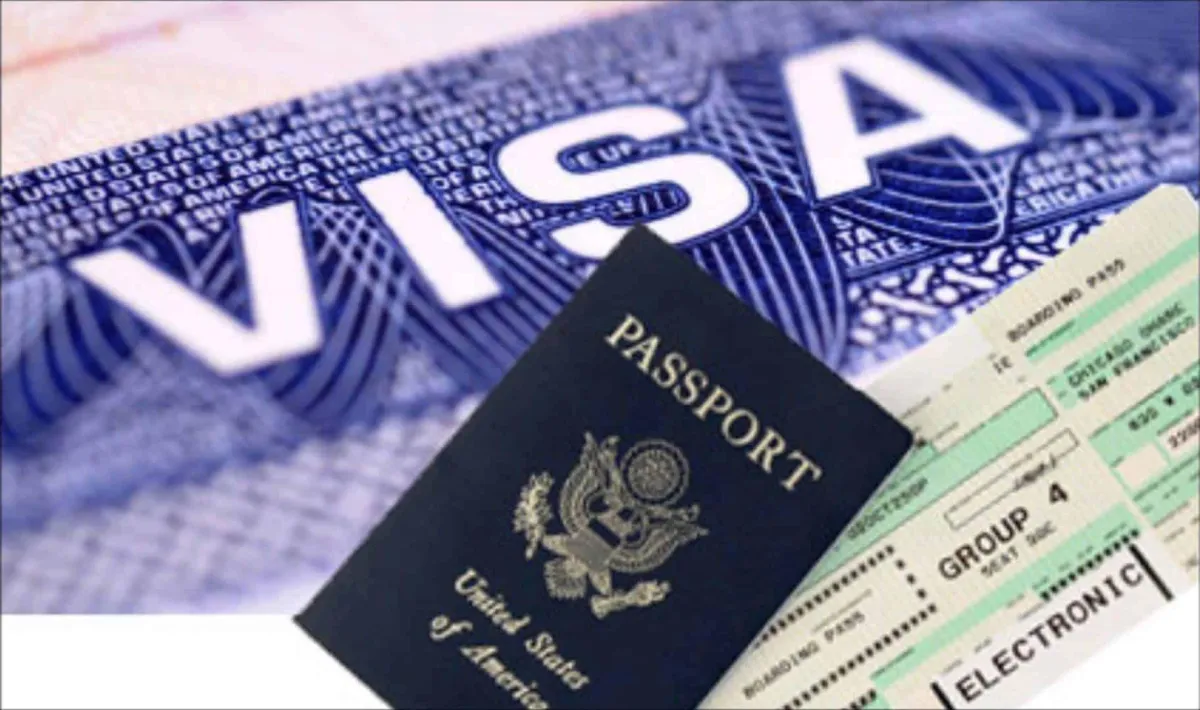
Form I-485: Your Path to a Green Card in the U.S.
Form I-485: Your Path to a Green Card in the U.S.
Form I-485, the Application to Register Permanent Residence or Adjust Status, is the form you’ll need to file if you want to apply for a green card while living in the United States. This process, known as adjustment of status, allows you to move from a temporary visa or another eligible status to becoming a lawful permanent resident without having to leave the U.S. It’s an important step for those planning to build a long-term future in the U.S.
To be eligible for Form I-485, you must fall under a qualifying immigration category. Common categories include family-sponsored green cards, employment-based green cards, humanitarian programs like asylum or refugee status, and winners of the diversity visa lottery. Immediate relatives of U.S. citizens—such as spouses, children under 21, and parents—often have an easier process. However, for other categories, visa availability and additional requirements can affect timelines. Before filing, you typically need an approved petition, like Form I-130 for family cases or Form I-140 for employment cases.
This form is for people already in the U.S. who meet the requirements for adjustment of status. To qualify, you must have entered the U.S. lawfully and still be in a valid status. It’s commonly used by family-based and employment-based green card applicants, as well as asylees and refugees who have lived in the U.S. for at least a year since their status was granted.
When filing Form I-485, you’ll need to include key documents, such as a copy of your passport, evidence of your legal entry (like Form I-94), your approved immigrant petition, financial support forms (Form I-864), and your completed medical exam (Form I-693). Depending on your situation, you might also need marriage or divorce certificates, birth certificates, or proof of employment.
After you submit Form I-485, you’ll attend a biometrics appointment and, in most cases, an interview with a USCIS officer to confirm your application details. Processing times vary depending on your immigration category and USCIS workload. If approved, you’ll officially become a lawful permanent resident, taking an important step toward a stable future in the U.S.
